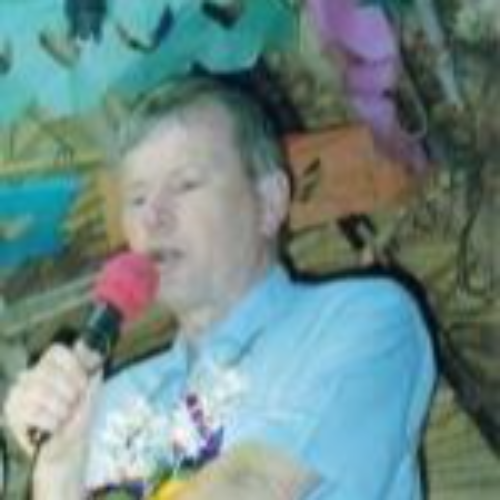-
Persecution: The Opening Salvoes
Contributed by Christopher Holdsworth on Sep 26, 2020 (message contributor)
Summary: Religious opposition to the Gospel!
PERSECUTION: THE OPENING SALVOES.
Acts 4:1-31; Acts 5:12-42.
Soon after the early success of Pentecost, the fledgling New Testament church found herself facing persecution. This is not surprising, and quite in keeping with the pattern of the earlier ministry of Jesus. For example, Herod the Great had sought to destroy the child “born King of the Jews” from the very outset of His incarnate life (Matthew 2:16).
The Lord Himself taught His disciples that persecutions must surely come:
“If they have called the Master of the house Beelzebub, how much more they of His household” (Matthew 10:25);
“And you will be hated by all for my name's sake” (Luke 21:17).
The imagery of the Book of Revelation teaches the same thing, both about Jesus and about the Church. We see the dragon waiting to devour the child of the woman as soon as He was born (Revelation 12:4), and persecuting the woman (Revelation 12:13), and making war against her (Revelation 12:17).
The woman may at first sight appear to be Mary the mother of Jesus, but more likely represents God's faithful people in both the Old Testament and the New Testament. Unable to destroy Jesus, Satan now seeks to destroy His church.
There is a parallel, too, between the persecution of Jesus upon the healing of a man “blind from birth” (John 9:1), and the persecution of Peter and John upon the healing of a man “lame from his mother's womb” (Acts 3:2). Suffice it to say that there was a division of opinion about Jesus on both occasions (John 10:20-21; Acts 4:21).
1. The healing of the lame man (Acts 3)
Luke's interest as a Doctor, not for the first time in his writings, comes to the forefront in his description of the case of the lame man who used to sit begging under the gate called Beautiful. The man must have struck a pitiable figure, dominated by the massive pillars of Corinthian brass and huge double doors at the eastern entrance to the Temple.
Luke observes first of all that the man was lame from birth, and that he had to be carried to the gate every day in order to beg (Acts 3:2). The evangelist also mentions that the man was over forty years old (Acts 4:22). Perhaps this explains the apparent dichotomy between the totality of the healing which had the man “walking and leaping and praising God” (Acts 3:8) and the seeming unsteadiness, or perhaps uncertainty, which saw him holding on to Peter and John (Acts 3:11).
The healing was punctuated by two instructions: “Look at us” (Acts 3:4) and “In the name of Jesus Christ of Nazareth, rise up and walk” (Acts 3:6). Peter stretches forth his hand, and Luke describes in professional detail how the man's feet and ankle bones immediately received strength (Acts 3:7). Then the man not only walked, which he had never done before, but even leapt, thus fulfilling Isaiah 35:6 - “Then the lame shall leap like the deer.”
What a day for the man. He had hoped for alms, but instead received for the first time in his life the use of his legs. The people were filled with wonder, and as Peter preached in such a way as to turn their attention away from the Apostles to Christ, another five thousand men were added to the congregation (Acts 4:4).
2. The first arrest and trial (Acts 4:1-22)
This, however, aroused the ire of the Temple authorities. Peter and John were arrested and spent the night in prison. The next day they were brought before the Sanhedrin, the same court which had arraigned Jesus and handed Him over to the Romans to be crucified. The high priests Annas and Caiaphas were there, who had both figured in the trial of Jesus. Now Peter who had denied Him that day was being called to account, along with John, for healing a lame man and preaching in Jesus the resurrection of the dead.
Peter was filled anew with the Holy Spirit (Acts 4:8), accused his accusers of crucifying Jesus, and proclaimed that the lame man stood before them healed exactly because of the resurrection of Jesus Christ! Confronting the council with their guilt in rejecting Jesus, he again used the healing as an opportunity to proclaim the much fuller salvation which is found in the Saviour's name.
The court was astonished at the courage of Peter and John. These two men had not been to any of their Rabbinic schools of theology, and they were laymen who had been observed in the company of Jesus. Yet there standing before them all was the incontrovertible proof of the healed lame man. Peter and John were sent away whilst the court deliberated.
Luke was inspired by the Holy Ghost for the writing of Holy Scripture. We gather from Luke 1:1-4 and Acts 1:1-3 that he was an excellent and thorough investigative reporter. His research may have included some information from his travelling companion, the Apostle Paul, who had been a student of a well respected member of the council, Gamaliel. Whatever his sources, Luke is able twice over to give us a fly-on-the-wall account of the private deliberations of this court.

 Sermon Central
Sermon Central



